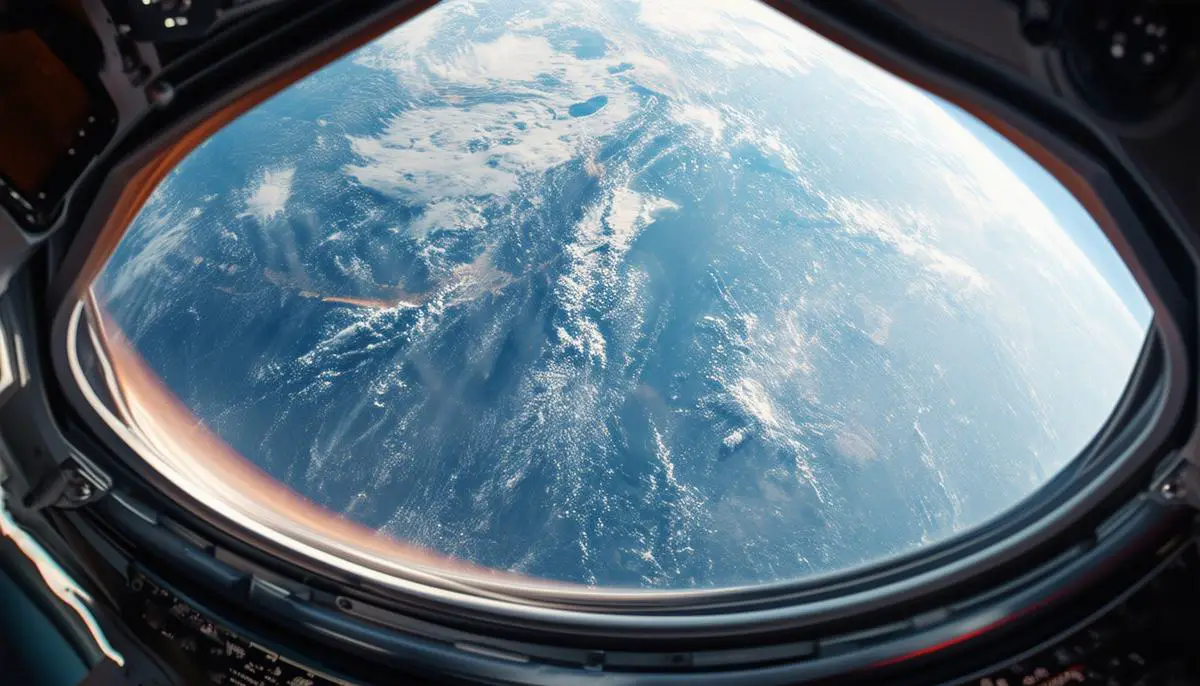SpaceX and Space Adventures Partnership
SpaceX and Space Adventures have partnered to send four passengers into Earth orbit aboard a Crew Dragon spacecraft. This mission marks a significant step in space tourism, utilizing reusable technology like the Falcon 9 rocket and Crew Dragon vehicle.
The Crew Dragon spacecraft, designed to carry up to seven people, includes safety features such as:
- A launch escape system
- The ability to return to Earth for a splashdown
Falcon 9, SpaceX's reusable rocket, will launch the spacecraft before returning to Earth, significantly lowering the cost of space travel.
This collaboration represents a shift towards commercial space tourism for SpaceX, which has historically focused on transporting cargo and astronauts to the International Space Station (ISS) for NASA. Space Adventures brings valuable experience, having previously arranged orbital trips to the ISS for wealthy customers.
The upcoming mission will not visit the ISS but will orbit Earth as a free-flying spacecraft, offering passengers an unparalleled view from an altitude twice that of any prior civilian astronaut mission. This venture highlights the companies' shared goal of making space accessible to private citizens.
The Crew Dragon will embark on this mission only after it begins flying NASA astronauts to and from the ISS, underscoring the spacecraft's reliability. Rigorous testing, including a successful uncrewed test flight to the ISS in 2019 and a launch abort test, supports the safety and effectiveness of the mission.
Participants will likely undergo extensive training to prepare for the journey, which could last up to five days. SpaceX plans to utilize Crew Dragon's capabilities for other commercial endeavors, aiming to make human spaceflight a recurring event.
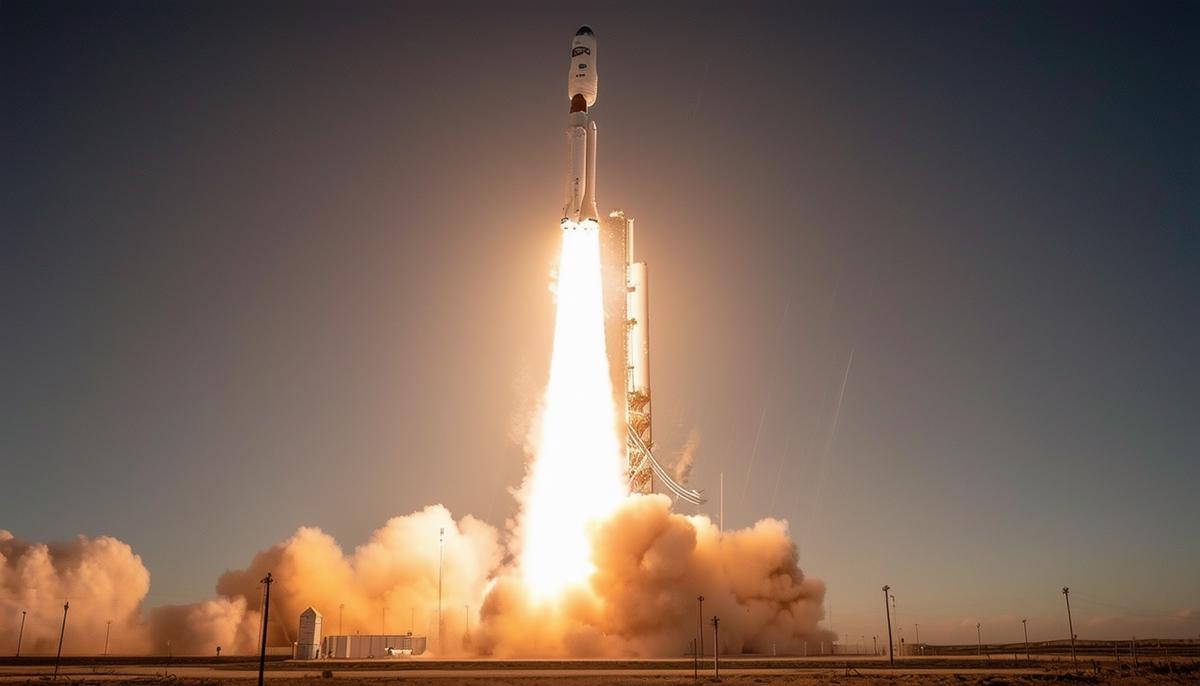
Inspiration4 Mission
The Inspiration4 mission stands out as a pioneering venture in space tourism, featuring an all-civilian crew with diverse backgrounds. Led by entrepreneur Jared Isaacman, who funded the mission, the crew included:
- Sian Proctor, a geoscientist
- Hayley Arceneaux, a physician assistant and childhood cancer survivor
- Christopher Sembroski, a data engineer
Unlike suborbital flights conducted by Blue Origin and Virgin Galactic, Inspiration4 propelled its crew into actual orbit around Earth for three days. This longer duration allowed for a more immersive experience of space.
The mission's preparation underscored SpaceX's rigorous approach to safety and readiness. The crew underwent thorough training, including:
- Simulator sessions
- Jet flight lessons
- Centrifuge testing to prepare for G-forces during launch and re-entry
A significant focal point of the Inspiration4 mission was its commitment to public engagement and charitable efforts, particularly in support of St. Jude Children's Research Hospital. The mission orchestrated fundraising events and aimed to raise awareness for the hospital's work.
The crew embraced their roles as public ambassadors for space tourism, with their journey documented extensively in media, including a Netflix series and a Time magazine cover story. This comprehensive account helped bridge the gap between space travel and the broader public.
"Despite the optimism, significant hurdles to widespread space tourism remain, including prohibitive costs and extensive training requirements."
Nonetheless, the Inspiration4 mission demonstrates the possibilities that lie ahead, showcasing how the inclusion of everyday people can make space travel more relatable and inspiring.
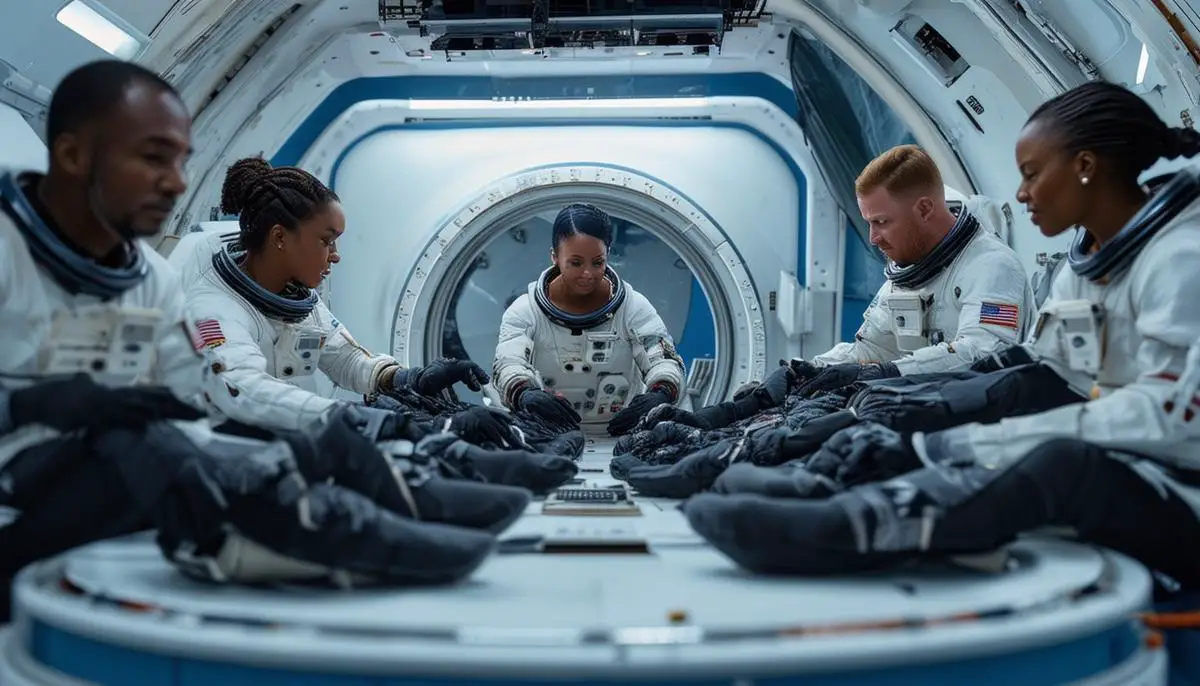
Polaris Dawn Mission
The Polaris Dawn mission aims to achieve the first-ever private spacewalk, exemplifying SpaceX's commitment to advancing private space exploration. The mission will launch a Crew Dragon capsule into orbit for five days with a crew of four: Jared Isaacman, Scott "Kidd" Poteet, Sarah Gillis, and Anna Menon.
A key highlight of Polaris Dawn will be the spacewalk or extravehicular activity (EVA) planned for the third day of the mission. Isaacman and Gillis will take turns stepping out of the Crew Dragon capsule, testing SpaceX's new EVA suits. The spacewalk will focus on:
- Ensuring the astronauts remain securely tethered to the capsule
- Gathering valuable data to refine future spacewalks
The mission's broader objectives align with SpaceX's long-term vision of fostering human presence in space. By testing critical systems and gathering data during this flight, SpaceX aims to refine the technology needed for extended missions and deeper space exploration.
Polaris Dawn also contributes to the idea of space as an accessible frontier by facilitating civilian participation in sophisticated activities like spacewalks. While space travel is not yet commonplace, missions like Polaris Dawn represent significant progress towards making space exploration more inclusive.
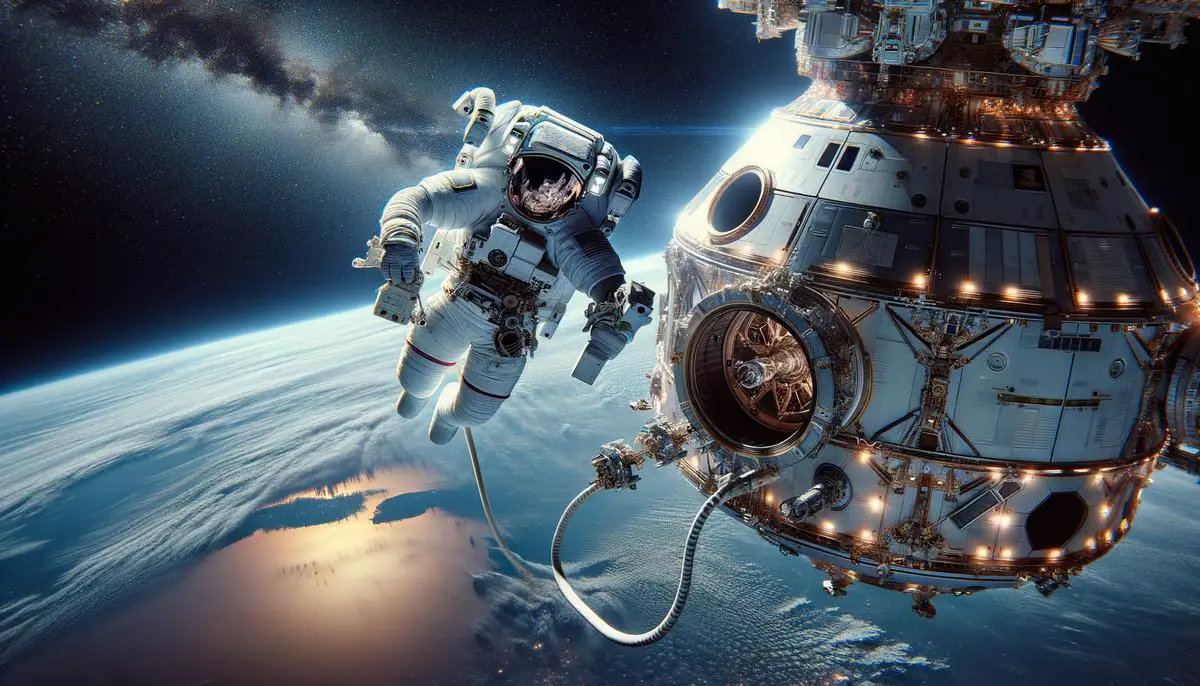
Future Space Tourism Plans
SpaceX's future space tourism plans involve making space travel more accessible and inclusive, leveraging advanced technology and innovation. A key element is the development of the Starship rocket, envisioned as a fully reusable spacecraft capable of carrying crew and cargo to various destinations, including the International Space Station, the moon, and eventually Mars1.
Starship's advanced design features include:
- Ability to refuel in orbit
- Life-support systems for extended missions
- Essential hardware for journeys beyond low Earth orbit
SpaceX has already signed contracts with private individuals for future missions, including a lunar trip for Dennis Tito and his wife, Akiko2. Before realizing these lunar missions, Starship must demonstrate its reliability through rigorous testing, with uncrewed test flights potentially occurring as early as November.
Beyond lunar exploration, SpaceX's plans extend to Mars colonization. The company is actively working on technological advancements and mission planning to address critical challenges related to human health, habitation, and resource utilization on the Red Planet.
As SpaceX progresses towards its future space tourism goals, there is a clear emphasis on inclusivity and accessibility. The company envisions a future where space travel is available to a broader population, building on initiatives like the Inspiration4 mission that included participants from diverse backgrounds.
SpaceX's cooperation with educational and research institutions ensures that scientific inquiry remains a cornerstone of these missions, fostering collaboration between scientists and astronauts. This approach not only advances our understanding of space but also cultivates a sense of community among those who participate in these pioneering endeavors.
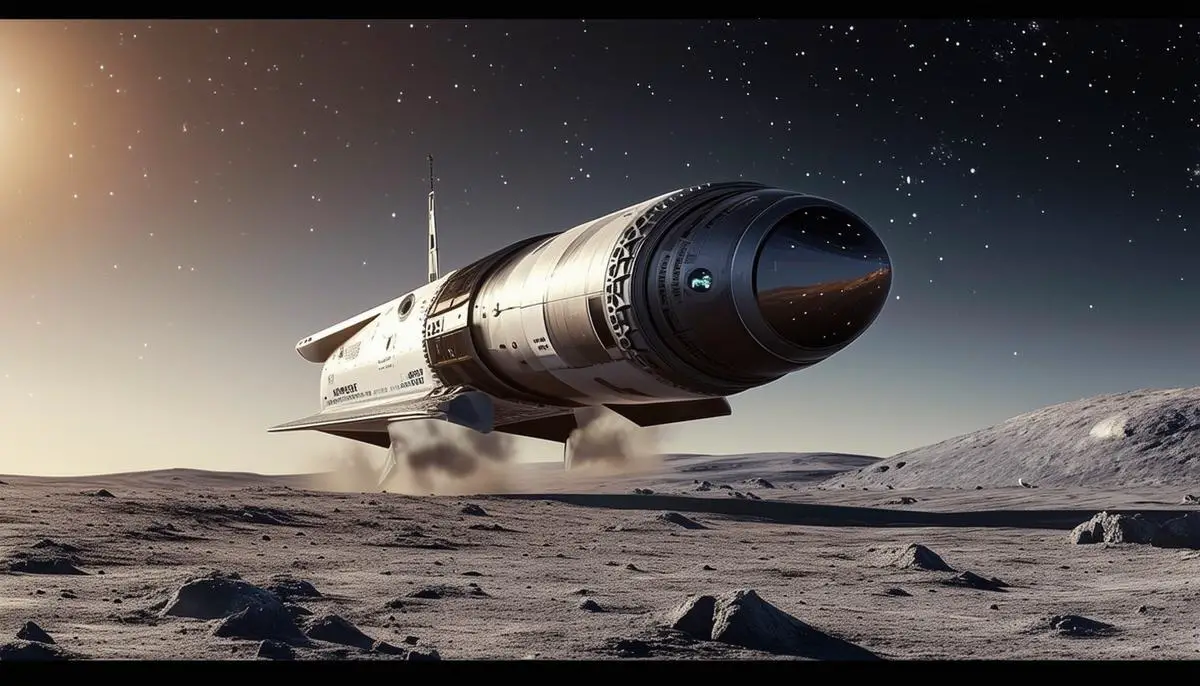
Challenges and Opportunities in Space Tourism
Space tourism faces significant challenges as it transitions from concept to reality. The primary obstacles include:
- High cost: Tickets remain unaffordable for most despite advancements in reusable rocket technology.
- Safety concerns: The harsh space environment, including vacuum, extreme temperatures, and radiation, poses risks.
- Extensive training: Participants must undergo intense preparation, particularly for orbital missions.
Past mission failures underscore these risks, though recent successes and rigorous safety protocols demonstrate industry efforts to mitigate them.
Despite these hurdles, space tourism presents numerous opportunities:
- Ongoing technological innovation is reducing launch costs and improving spacecraft reliability.
- Breakthroughs in reusable rockets, in-space refueling, and advanced life support systems contribute to making space travel more practical and safer.
- Growing public interest, fueled by high-profile missions like Inspiration4, attracts investments and inspires new generations of engineers, scientists, and explorers.
Space tourism flights offer platforms for scientific research that would otherwise be impractical or too expensive. These missions provide valuable data on microgravity's effects on human physiology and opportunities to test new materials and technologies.
The commercial prospects of space tourism extend beyond offering rides to affluent individuals. Future projects could include:
- Space hotels
- Private space stations
- In-space manufacturing facilities
- Space-based solar power stations
- Asteroid mining operations
- Groundwork for lunar and Martian settlements
As technological progress continues and public interest grows, the future of space tourism appears promising. While challenges remain, the potential for groundbreaking scientific and commercial ventures makes the pursuit of cosmic journeys increasingly tangible and inspiring.
"Space tourism is not just about joy rides for the wealthy; it's about opening up the final frontier for all of humanity." – Sir Richard Branson1
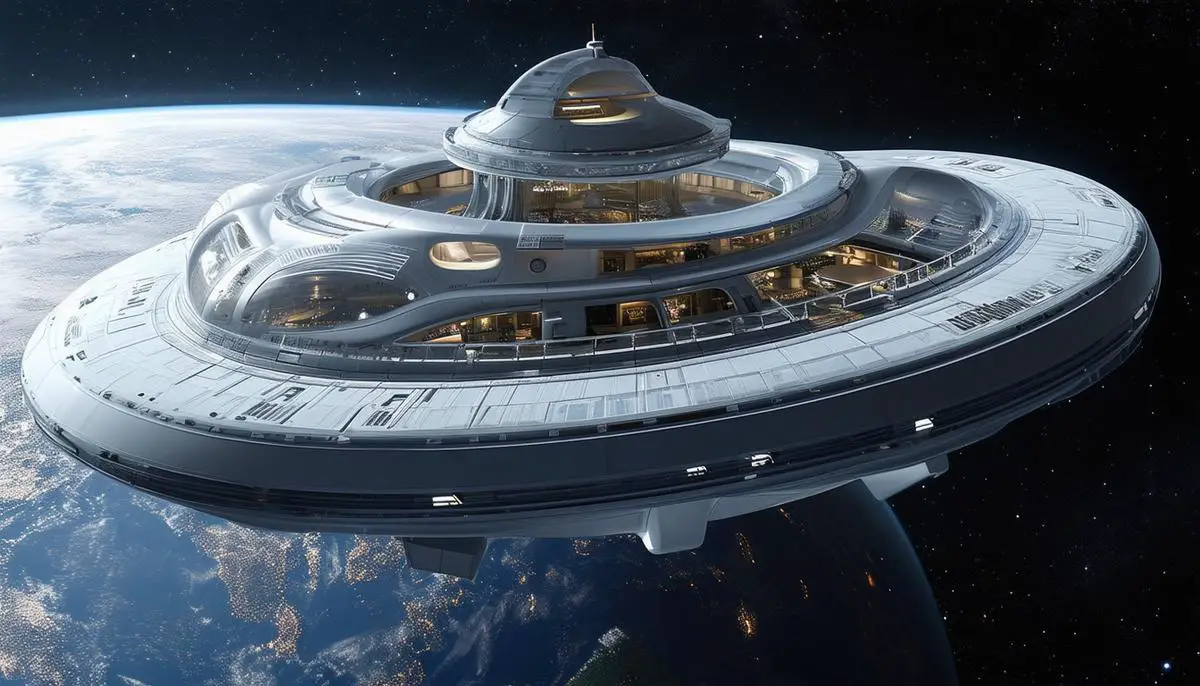
In summary, space tourism's future is becoming increasingly attainable, propelled by technological advancements and a vision for inclusivity. Each mission brings us closer to a reality where space's wonders are within reach, inspiring generations to look beyond our planet and dream of the stars.
![]()
